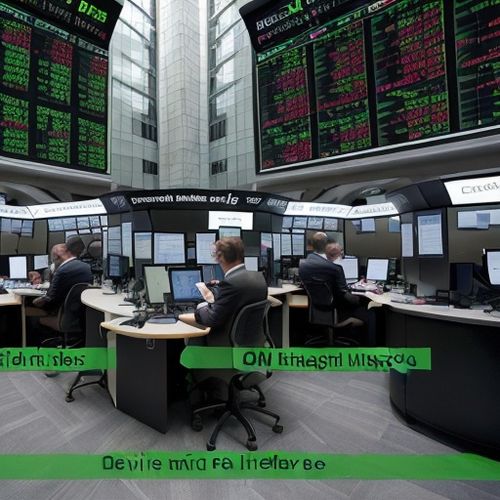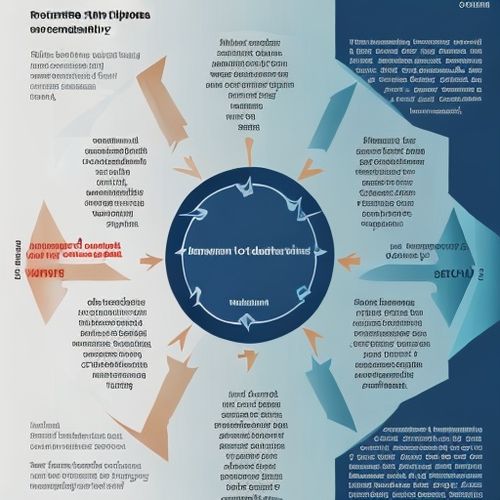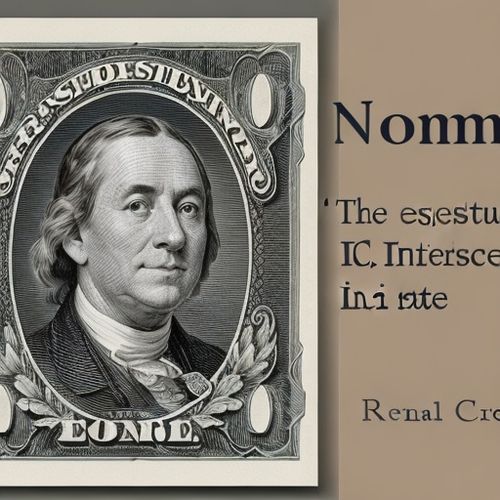The world of finance is undergoing a quiet but profound transformation. Across boardrooms, investment committees, and pension fund meetings, a new acronym has taken center stage: ESG. Standing for Environmental, Social, and Governance, this investment philosophy represents more than just another market trend—it reflects a fundamental shift in how we measure value and assess risk in modern capitalism.
What makes ESG different from traditional investment approaches isn't merely its focus on non-financial factors, but how these considerations are becoming critical to financial performance itself. Climate change regulations, social inequality pressures, and corporate governance failures have demonstrated that ignoring these issues can devastate shareholder value. Conversely, companies leading on ESG metrics increasingly show resilience during market turbulence and outperform their peers over the long term.
The environmental component of ESG has moved from fringe concern to mainstream imperative with startling speed. Ten years ago, carbon footprints were something only European energy companies worried about; today, every major corporation faces scrutiny over emissions, resource usage, and ecological impact. Investors now understand that environmental risks translate directly into financial risks—whether through stranded fossil fuel assets, supply chain vulnerabilities from climate events, or the massive capital expenditures required for decarbonization.
Social factors, long considered too "soft" for rigorous financial analysis, have proven their materiality through numerous corporate crises. The #MeToo movement exposed how workplace culture issues could erase billions in market capitalization overnight. Pandemic-era labor shortages revealed which companies had invested in their workforce versus those that treated employees as disposable costs. Consumer brands discovered that social media could turn ethical lapses into existential threats within hours. Modern investors can no longer afford to view social considerations as separate from financial ones.
Governance—the often overlooked "G" in ESG—has emerged as the connective tissue binding environmental and social performance to financial outcomes. Companies with diverse boards make better long-term decisions. Organizations with transparent accounting practices avoid catastrophic fraud revelations. Firms that align executive compensation with sustainability metrics tend to outperform those clinging to short-term profit maximization. Governance provides the framework that determines whether environmental and social commitments translate into operational reality.
The rise of ESG investing coincides with a generational transfer of wealth that's accelerating its adoption. Millennials and Gen Z investors demonstrate markedly different priorities than their parents, with surveys showing they'll accept lower returns to align investments with their values. More importantly, these younger investors don't see values and returns as opposing forces—they understand that sustainable business practices mitigate risks and uncover opportunities that traditional analysis misses. This demographic shift ensures ESG's continued growth even during periods of market skepticism.
Regulatory tailwinds are further cementing ESG's place in mainstream finance. The European Union's Sustainable Finance Disclosure Regulation requires asset managers to disclose how they integrate ESG risks. The U.S. Securities and Exchange Commission has proposed climate disclosure rules that would standardize emissions reporting. China's ecological civilization policies are reshaping corporate behavior across Asia. This global regulatory momentum creates both compliance requirements and competitive advantages for firms that get ahead of the curve.
Critics argue that ESG represents little more than marketing spin—"greenwashing" on a grand scale. There's truth to these concerns; the lack of standardized metrics has allowed some firms to exaggerate their ESG credentials. However, the solution isn't abandoning ESG principles but rather developing more rigorous measurement systems. Initiatives like the Sustainability Accounting Standards Board (SASB) and Task Force on Climate-related Financial Disclosures (TCFD) are creating the frameworks needed to separate genuine sustainability leaders from pretenders.
The investment industry's infrastructure is reorganizing around ESG at remarkable speed. Major index providers now offer ESG versions of flagship benchmarks. Bloomberg terminals integrate sustainability metrics alongside traditional financial data. Asset managers have launched over 300 new ESG funds in the past two years alone. Perhaps most tellingly, the world's largest institutional investors—BlackRock, Vanguard, and State Street—now routinely vote against directors at companies failing on climate risk oversight.
What began as socially responsible investing (SRI) niche has evolved into a sophisticated investment framework recognizing that environmental stewardship, social responsibility, and ethical governance aren't constraints on profitability—they're prerequisites for it in the 21st century economy. The companies thriving in this new era understand that ESG isn't about checking boxes for investors; it's about building organizations resilient enough to navigate climate change, technological disruption, and evolving societal expectations.
As ESG considerations become embedded in investment analysis, we're witnessing the emergence of a new corporate paradigm—one where long-term value creation requires harmonizing financial performance with positive environmental and social impact. This isn't merely about feeling good; it's about recognizing that in an interconnected world facing existential challenges, the most valuable companies will be those solving problems rather than creating them. The future of investing isn't just about what companies earn, but how they earn it.

By Noah Bell/Apr 10, 2025

By Victoria Gonzalez/Apr 10, 2025

By John Smith/Apr 10, 2025

By Sarah Davis/Apr 10, 2025

By James Moore/Apr 10, 2025

By John Smith/Apr 10, 2025

By Ryan Martin/Apr 10, 2025

By Benjamin Evans/Apr 10, 2025

By Emma Thompson/Apr 10, 2025

By Megan Clark/Apr 10, 2025

By Thomas Roberts/Apr 10, 2025

By Noah Bell/Apr 10, 2025

By George Bailey/Apr 10, 2025

By Daniel Scott/Apr 10, 2025

By Benjamin Evans/Apr 10, 2025

By Amanda Phillips/Apr 10, 2025

By Sophia Lewis/Apr 10, 2025